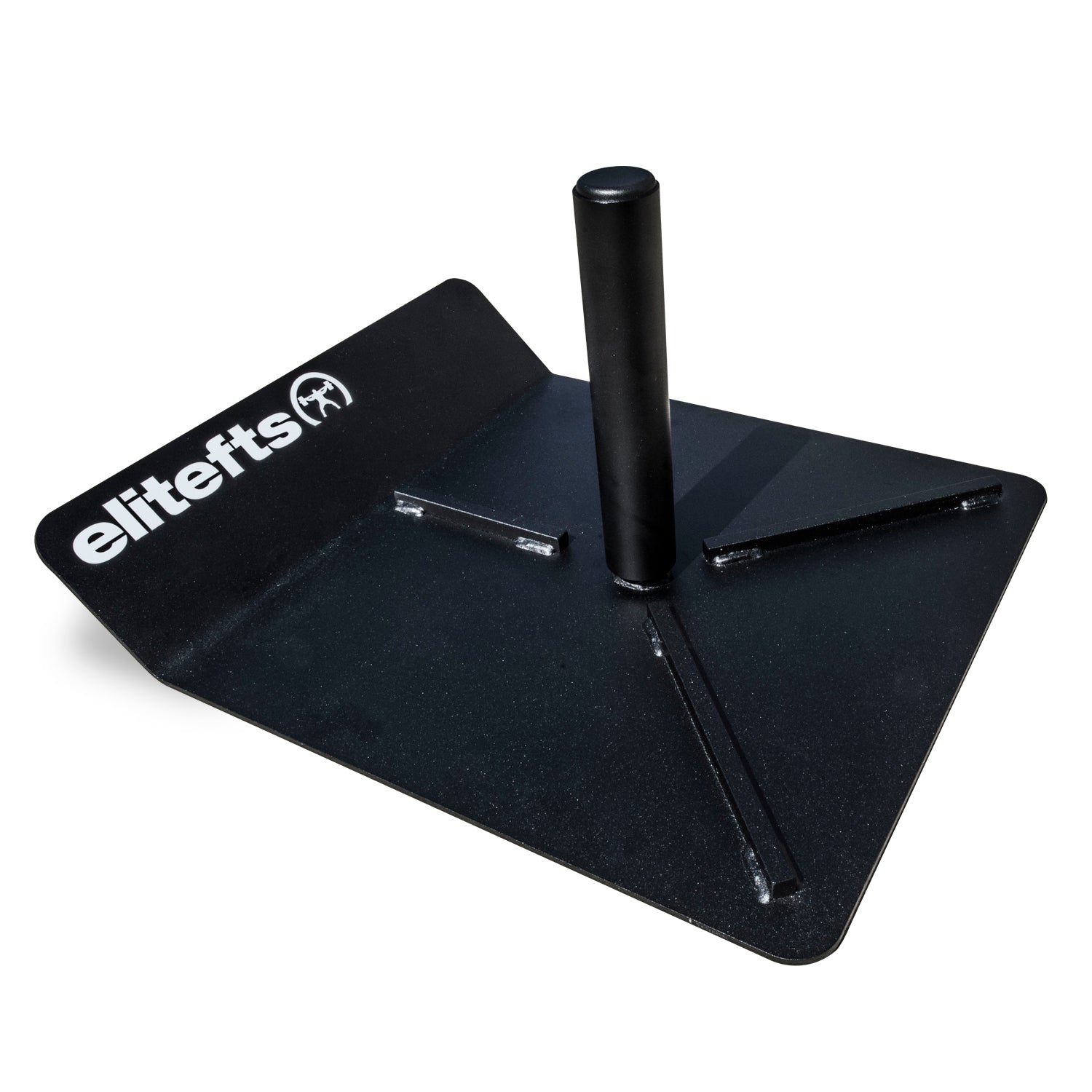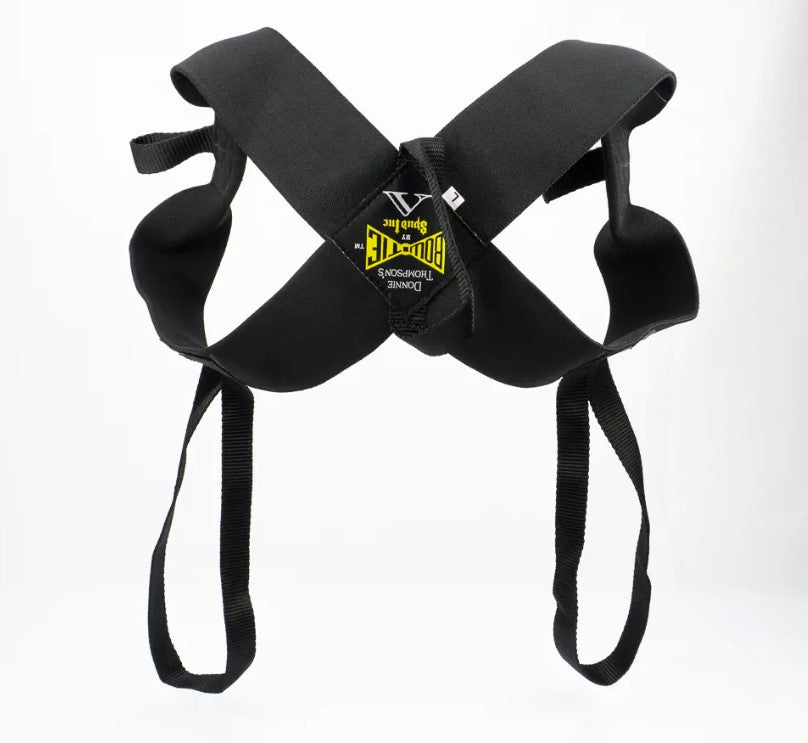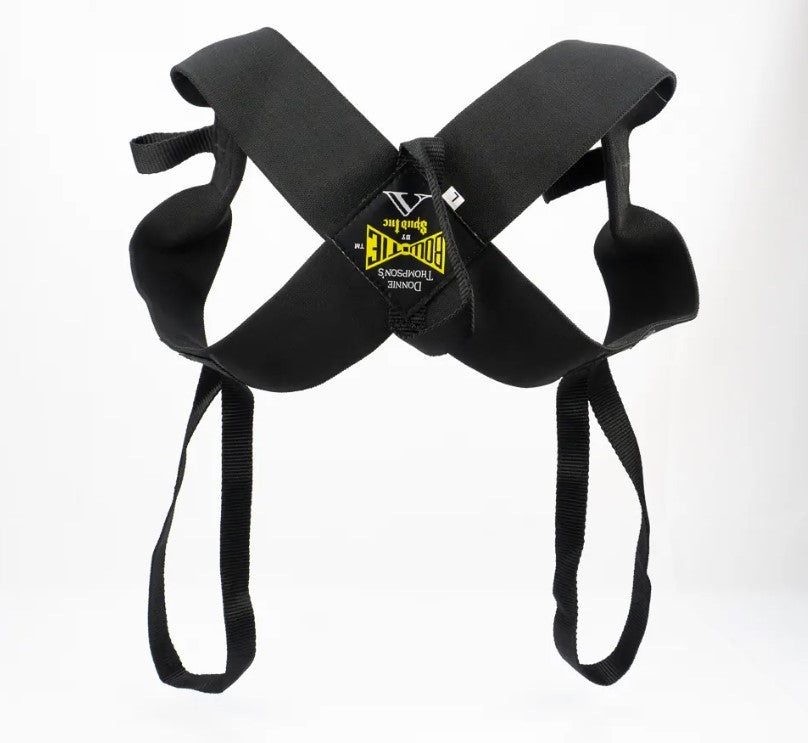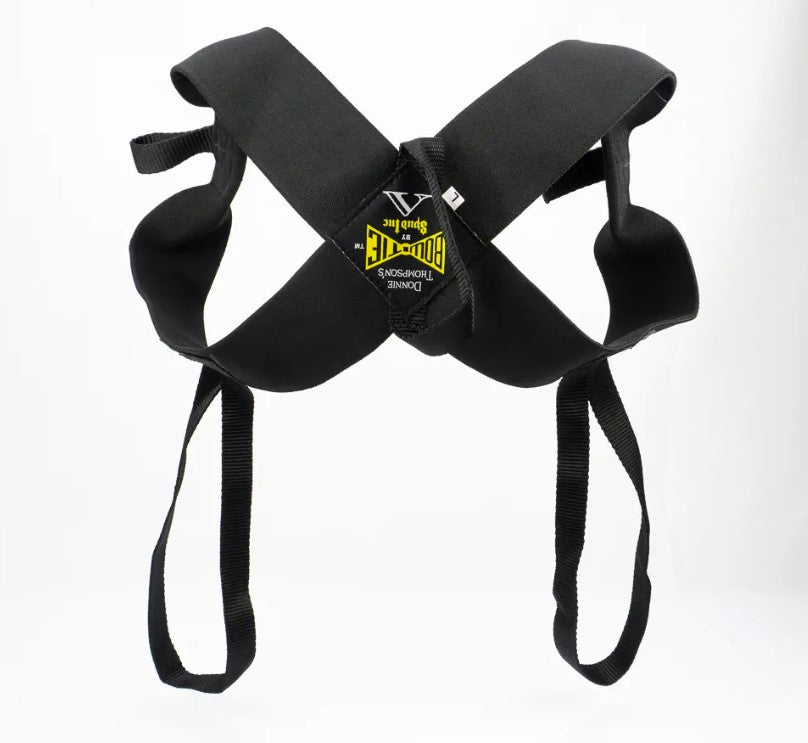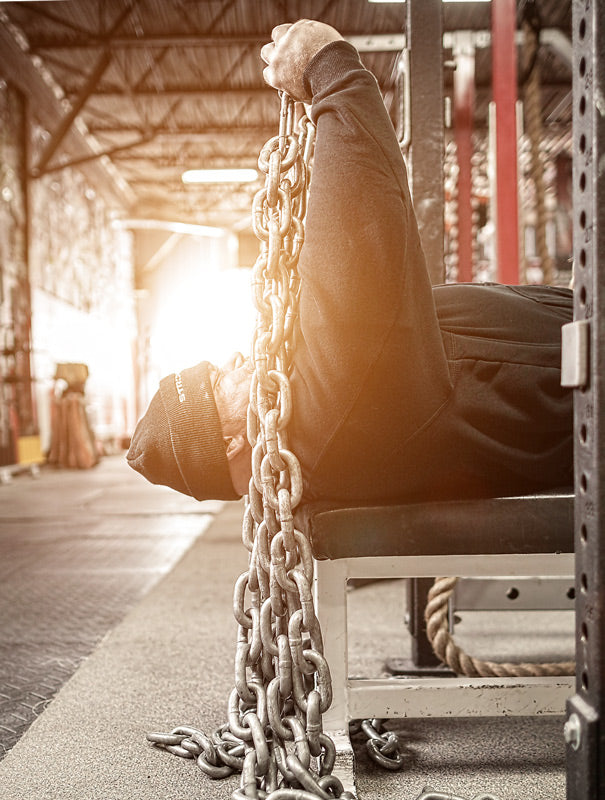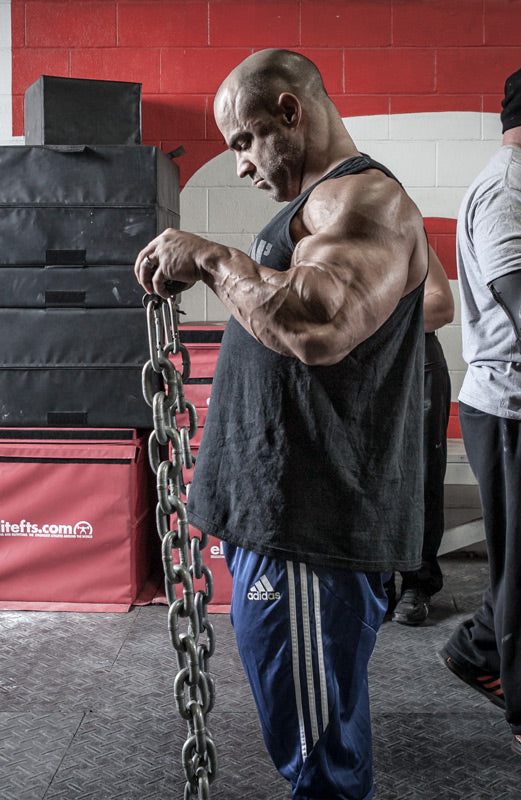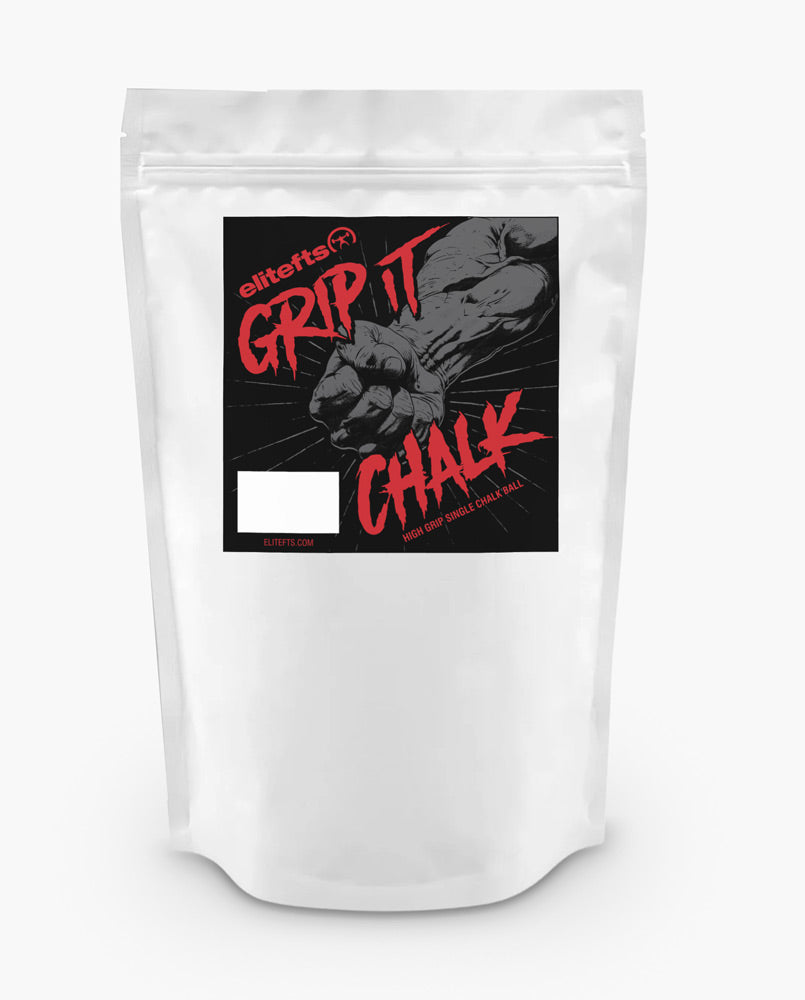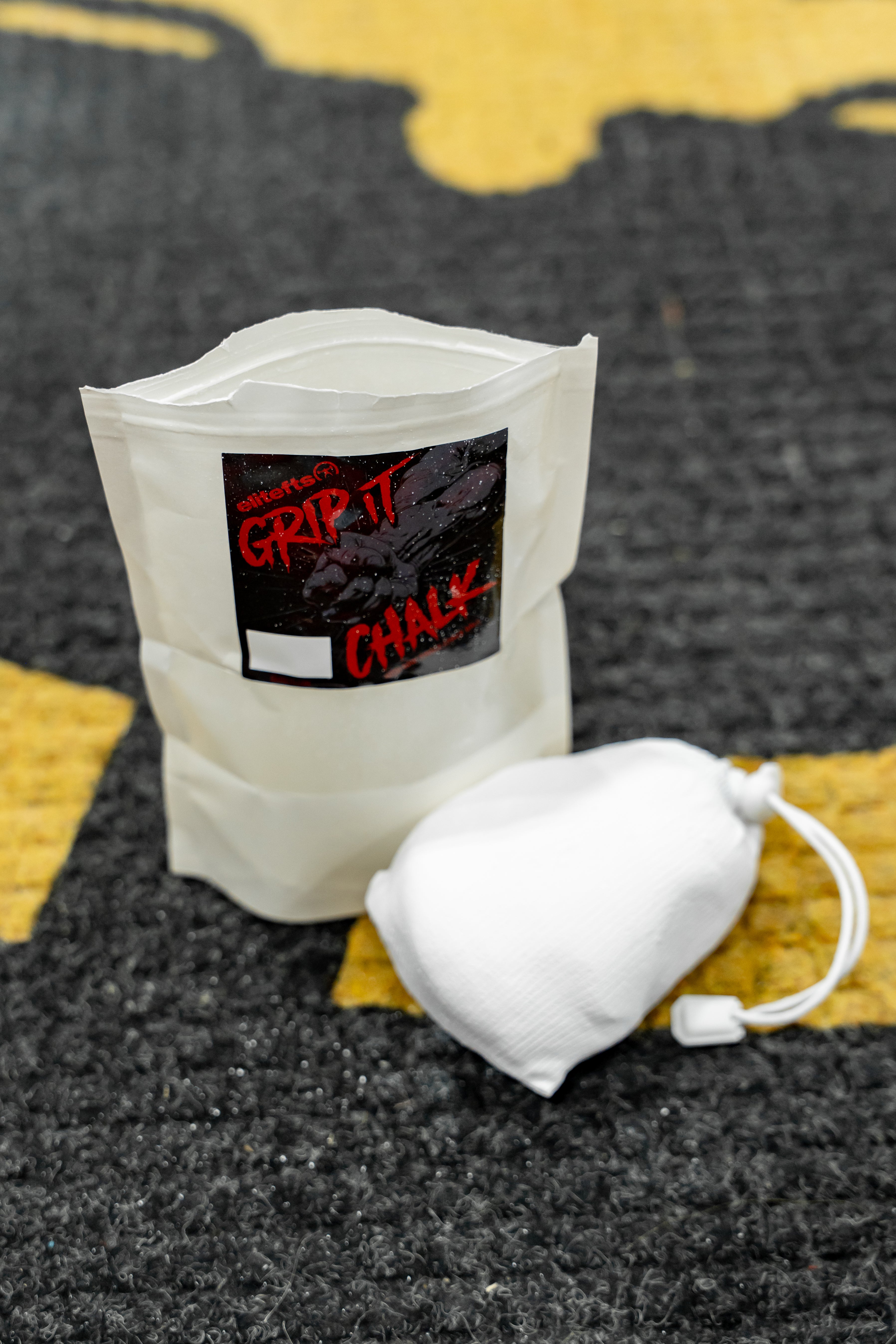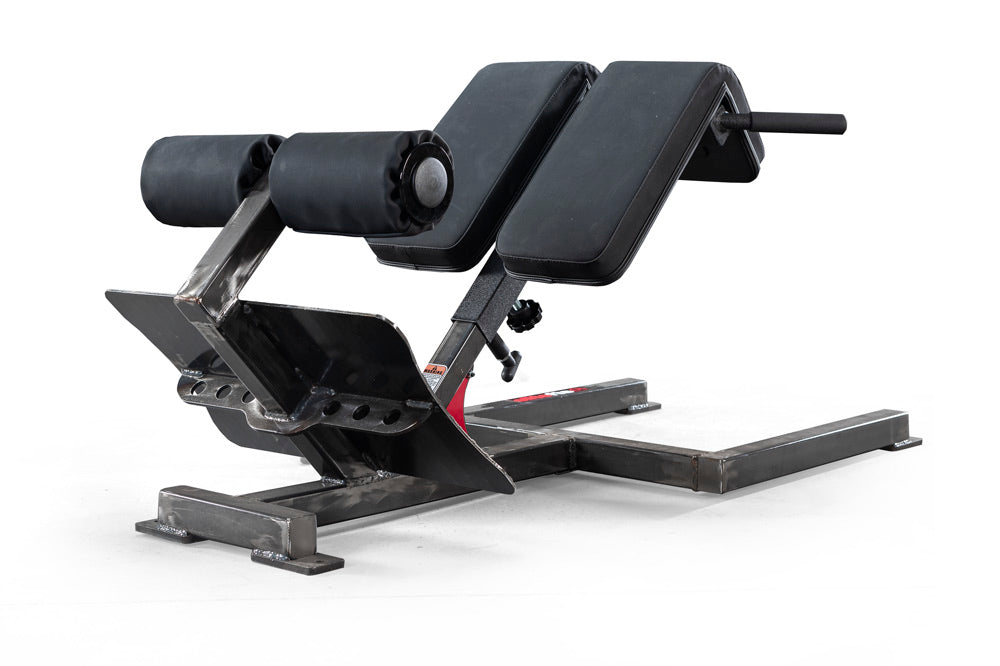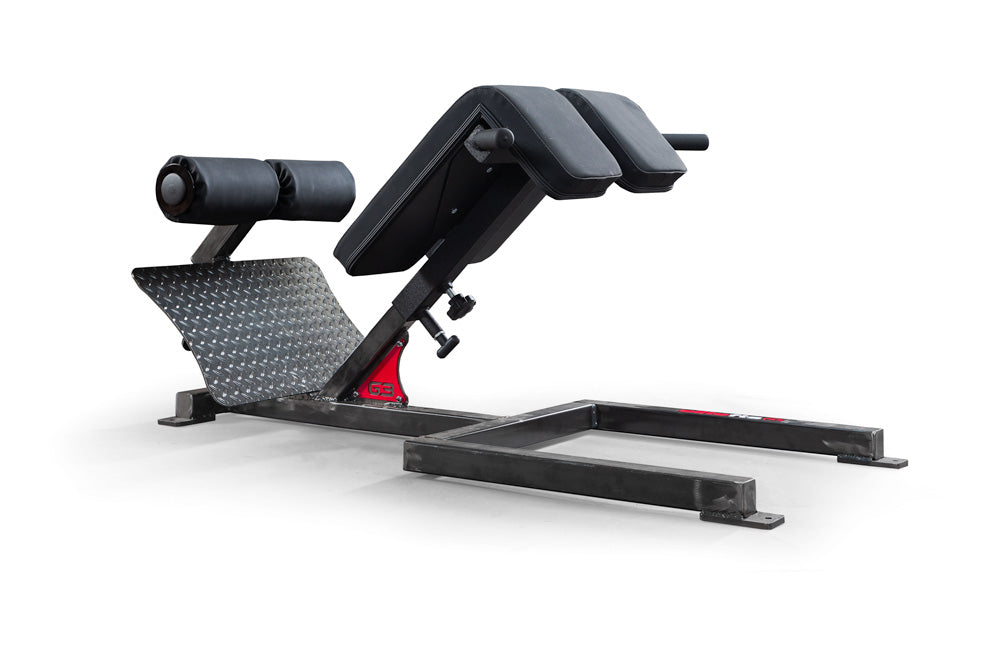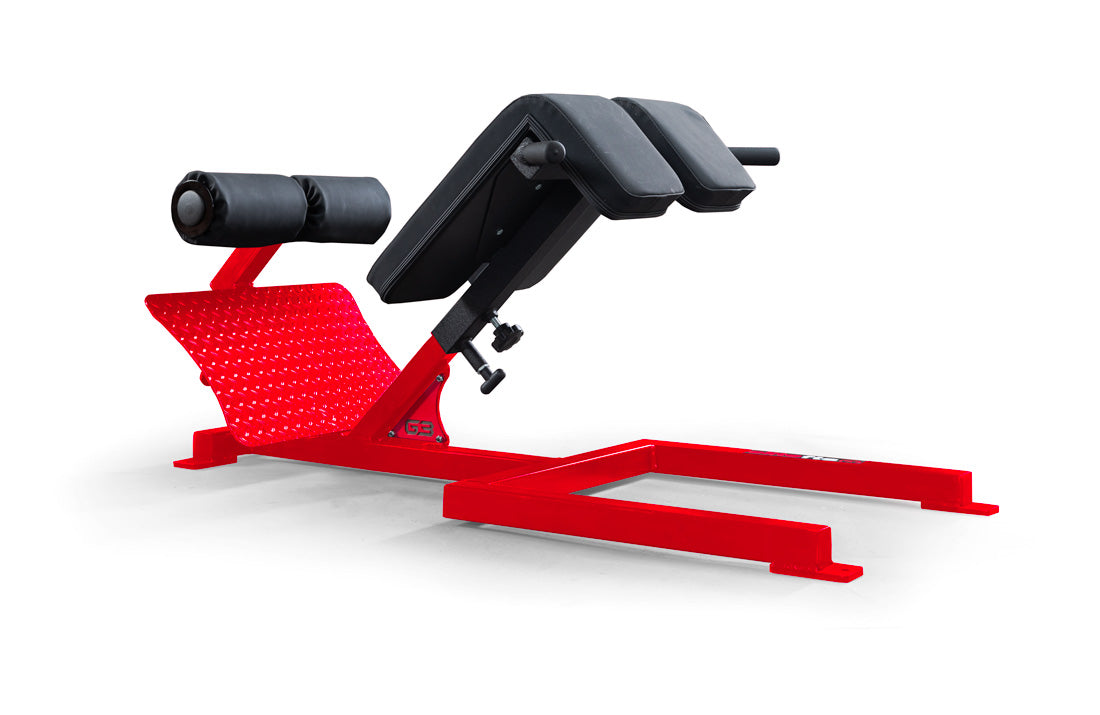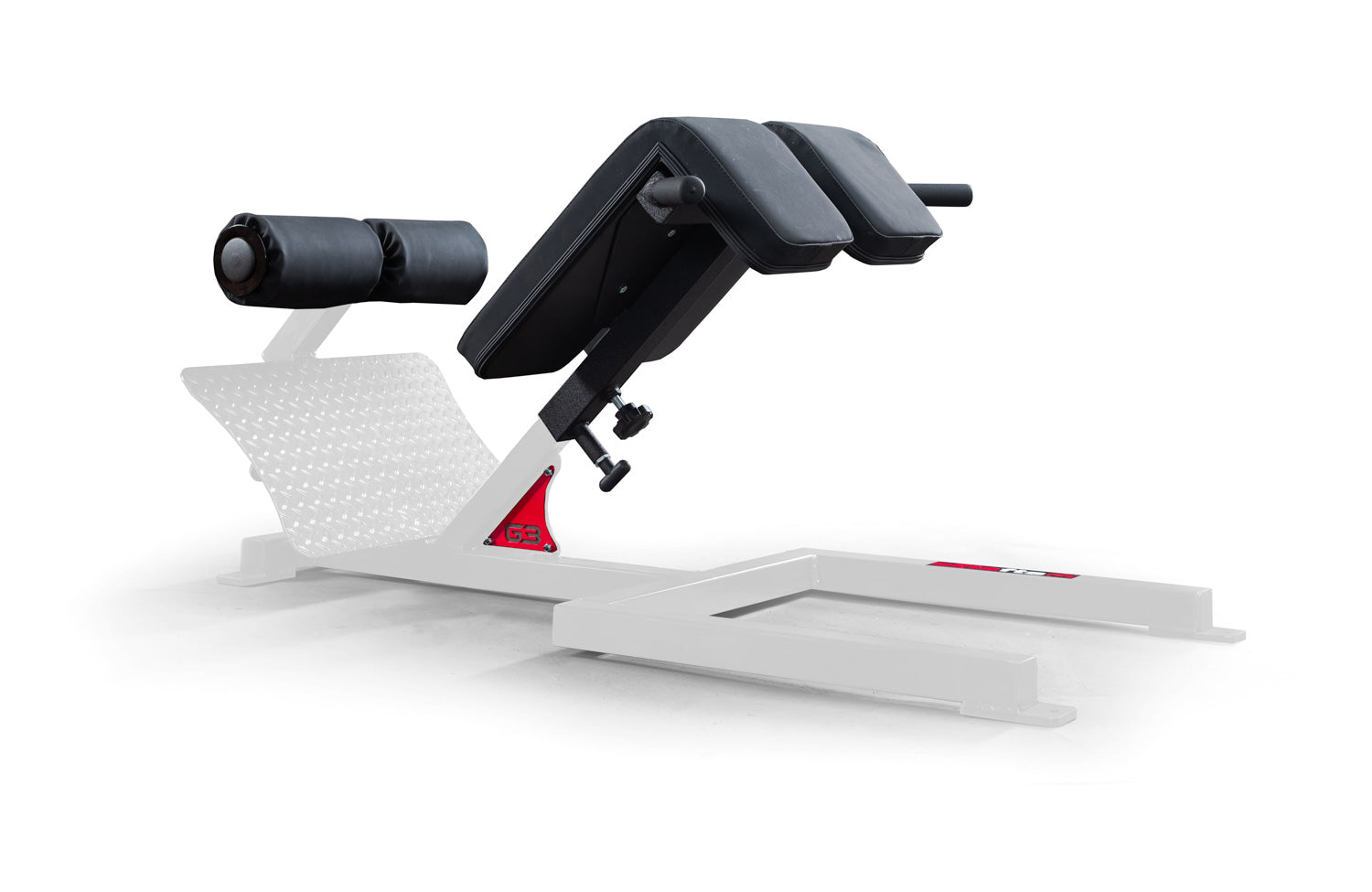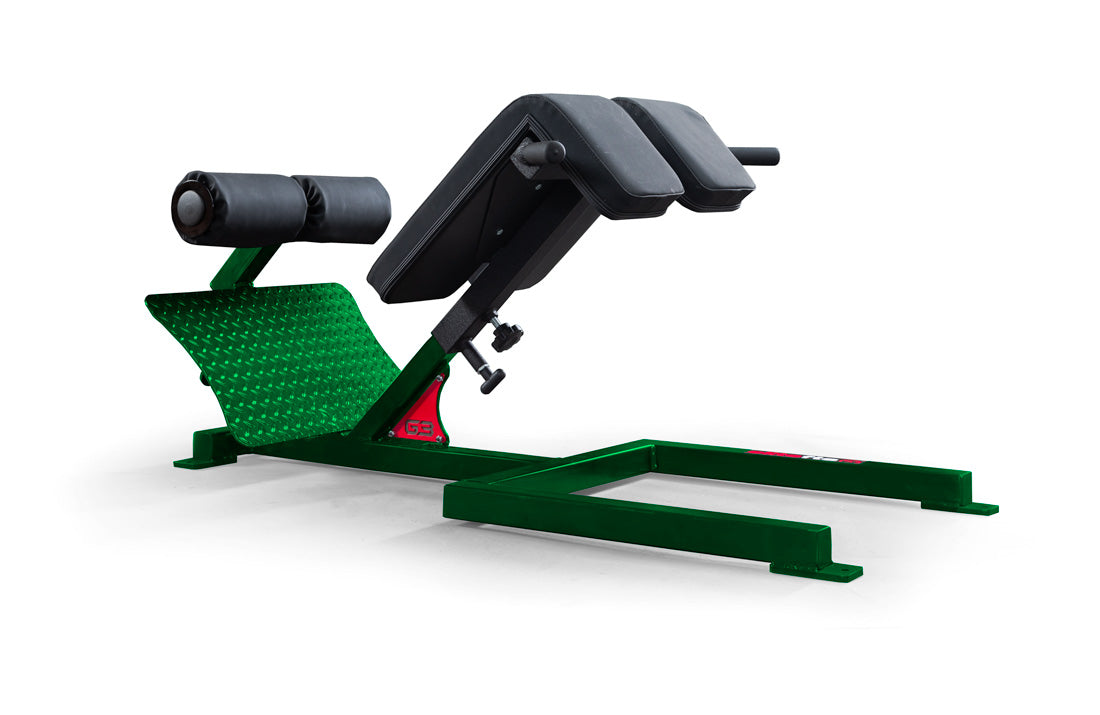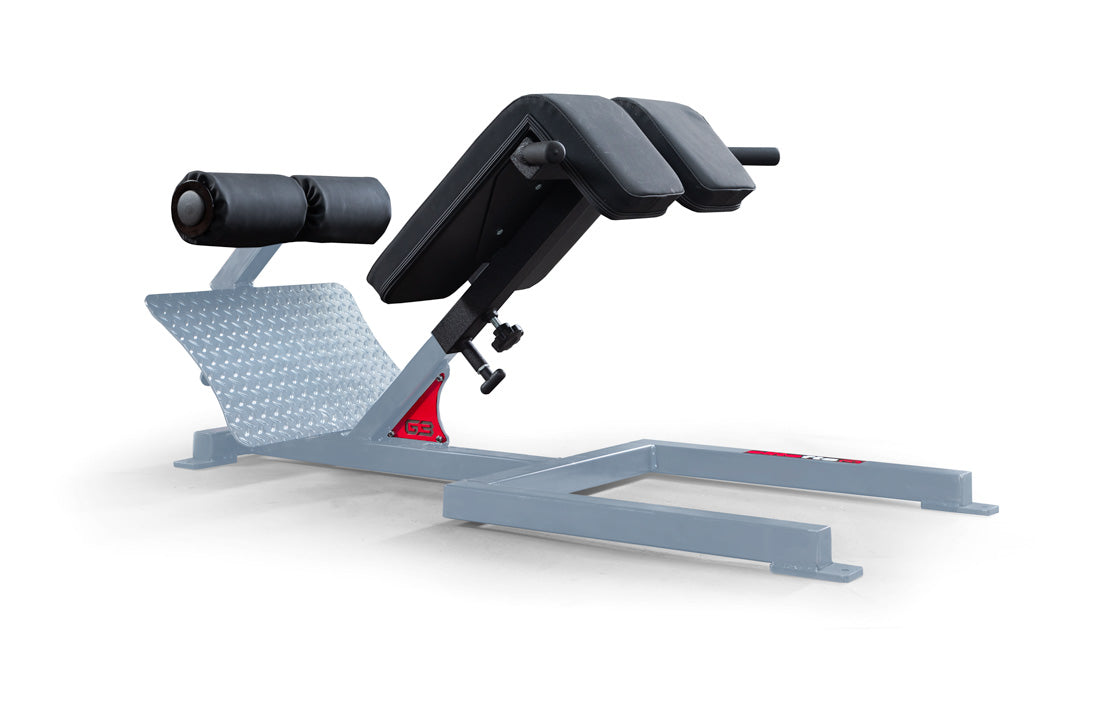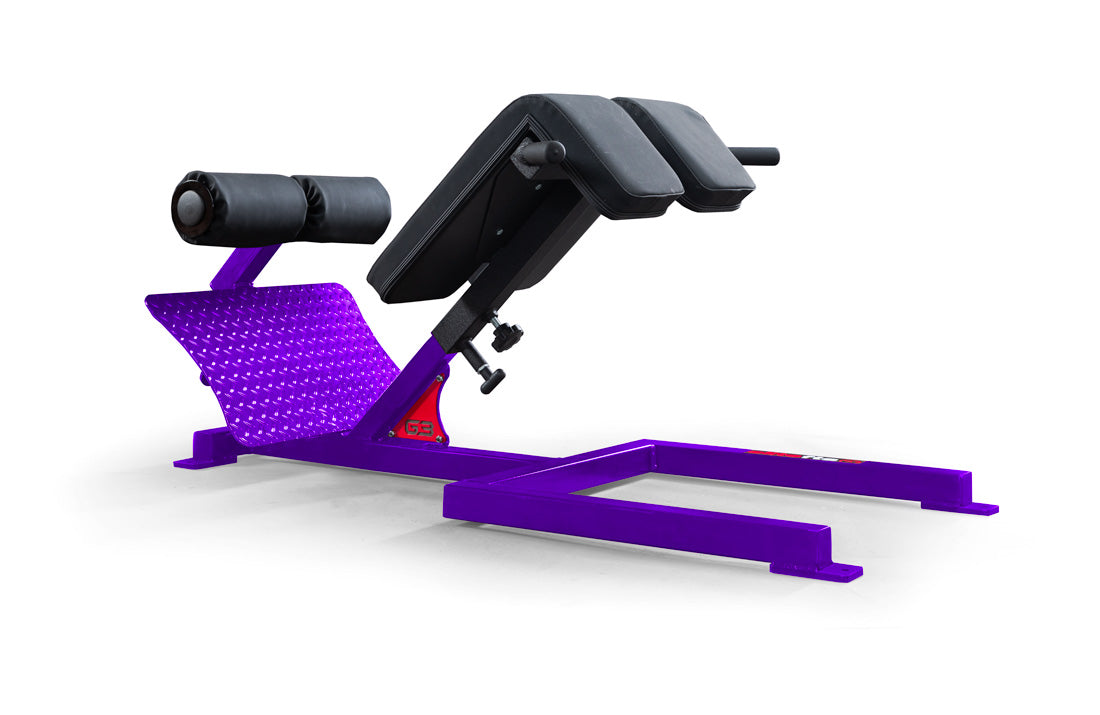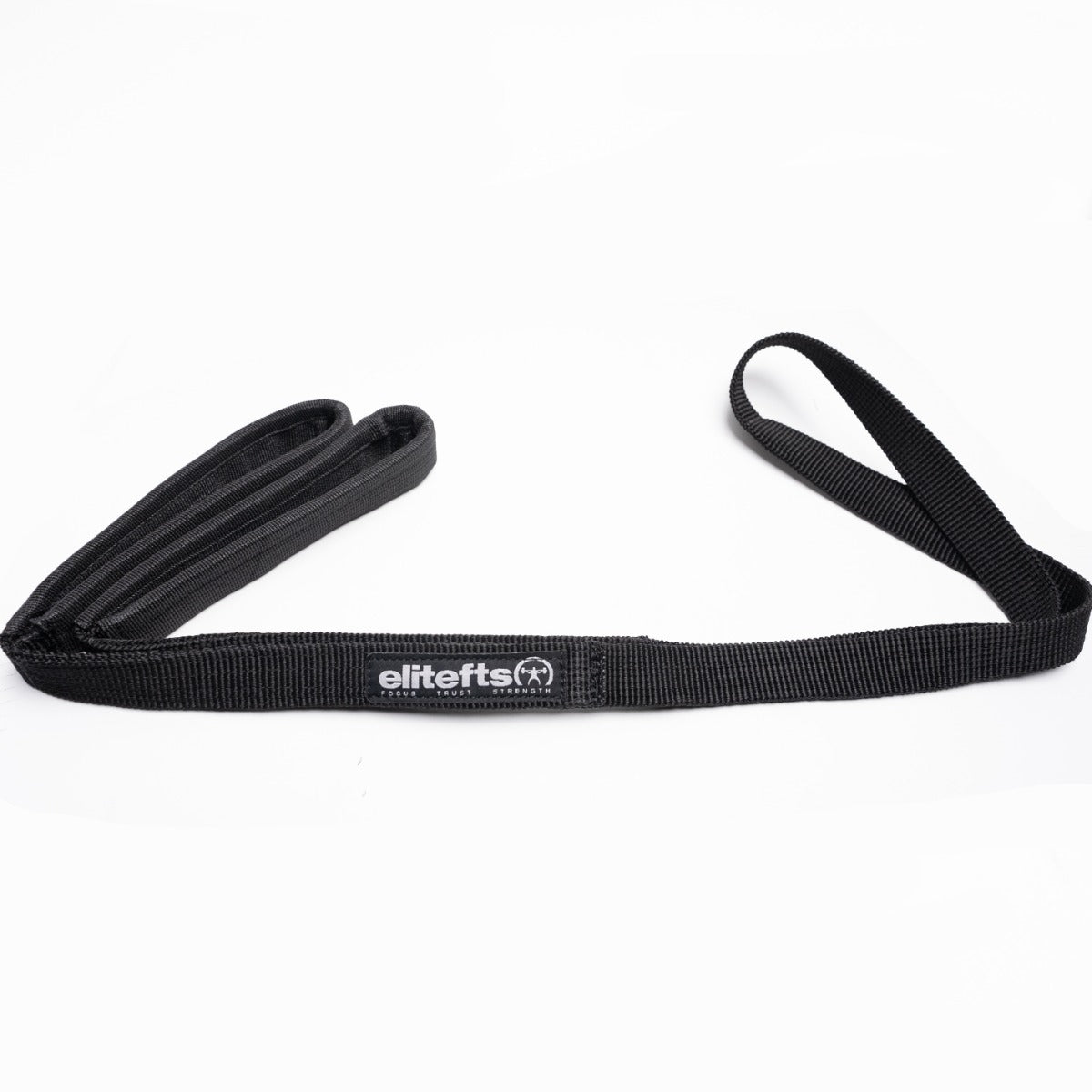
Olympic Lift Variations
You can use clean pulls, snatch pulls, push press/jerk, high pulls, kettlebell variations and other variations. The main issue with olympic lifting is the catch. It's what causes all the strain on the wrists, elbows, and shoulders, and what most athletes aren't able to do correctly. By eliminating the catch, your athletes will be able to harness all of the benefits of Olympic lifting without paying the cost with their joint health.Throws
I love throws. They teach triple extension a lot more easily than Olympic lifts do. They are easier on the joints. The variations are endless. Easier to learn and fun to do. Just make sure the athletes are throwing as hard and as fast as possible, just like with speed work. Otherwise, if the ball is too heavy, you are merely doing strength work.Jumps
Just about every sport requires an athlete to jump. Why not train it? Your options are endless and the planes in which you perform them allow you, as a coach, to be creative. You can do these in a lot of ways, including standing jumps, seated jumps, weighted variations, hurdle variations, jumping onto boxes, or jumping over boxes. The possibilities are endless.
Sprints
Sprints are very CNS intensive and extremely dynamic. Your options, again, are endless. Try various start positions and distances, and even incorporating jumps with your more advanced athletes. Make sure sprints are done at the beginning of the workout and proper rest is given. In a team setting, 30 seconds rest for one second of sprinting should be enough (more knowledge I gained from talking to Mark Watts). I know Charlie Francis preferred a few minutes per seconds, but most of the time we don’t have the training session length to devote that duration of time to recovery. Don't be afraid to get creative with these techniques by combining them. For example: jumping chest pass into a sprint, hurdle hops into a box jump, hurdle hops into a sprint, depth jump into a broad jump chest pass. Your options are endless, so keep it interesting for your athletes. The more mentally engaged they are, the better they will perform physically. The biggest thing to focus on is programming. So pay attention to volume and other stressors in your athletes life. There you have: it dynamic effort work for the athlete. We only have a small amount of time with our athletes, so we want exercises that are going to give us the biggest bang for our buck. Use their time and your time wisely.Nic Bronkall is the Director of Athletic Development and the Internship Director at The Spot Athletics in Columbus, Ohio. He is also an avid powerlifter competing in the 242 weight class.






































